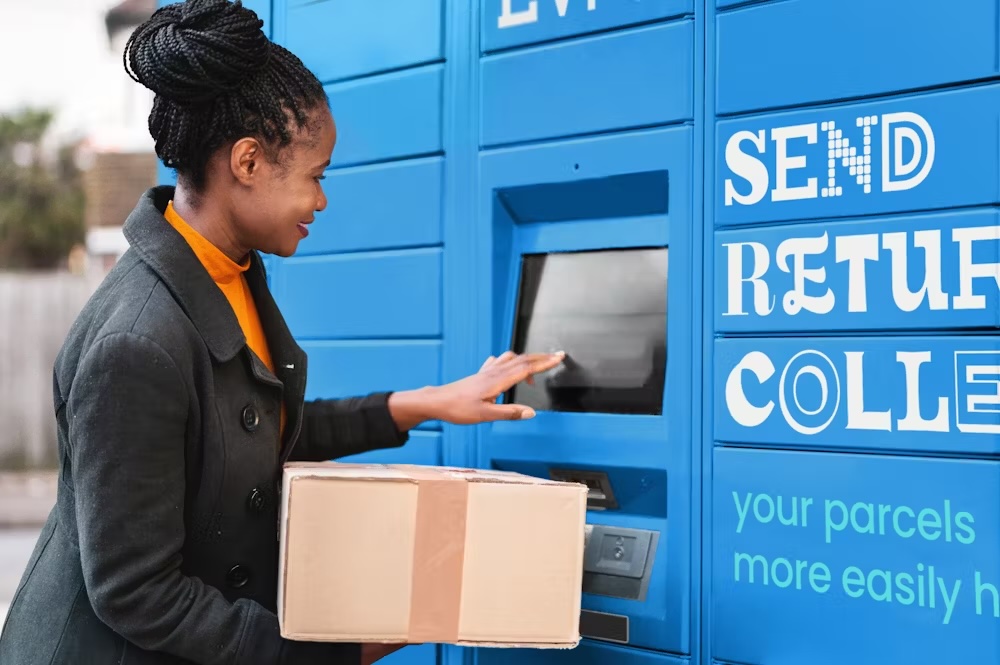Retailers should be utilising apps to boost sales across their estate, not just online says Dan Thornton, Head of Solutions Development, Hughes Europe
The rise of smartphone apps has been one of the most significant technological developments of the past decade. There really is an app for everything, as they say. From social networking to sports and fitness, video streaming, gaming and even dating, it’s hard for many of us to imagine a single day during which we don’t rely on a smartphone app to assist us in some way.
In the retail sector, apps have been instrumental in supporting the rise of e-commerce. Enabling users to access online product listings and place orders from anywhere with a network connection has stimulated sales for retailers based solely online and bricks and mortar retailers have been quick to catch on.
The adoption of apps that improve the in-store experience for customers or that join up the retailers online and offline sales channels however remain largely unexplored. Instead, we’re experiencing a growing trend for theatrical in-store experiences that rely on Virtual Reality (VR) and similar expensive tech that the so-called innovators of the retail industry believe will draw customers into bricks and mortar stores.
Providing an expensive and immersive USP is all well and good, but what value do these theatrical experiences really bring to consumers? Recent reports suggest that that 90 per cent of shoppers use their smartphones in stores, yet retailers seem to be overlooking the potential that an in-store app could have in terms of increasing customer convenience with a bit of that theatrical wow-factor thrown in for good measure.
A retailer launching such an app can gather all the data they can handle in return for providing exclusive offers and access to in-store Augmented Reality (AR) features. Artificial Intelligence (AI) will then work in the background, learning all about their preferences, footfall routes, time spent in store, reception to merchandising, and any other intelligence the retailer is looking for.
Using data analytics, retailers can build profiles of each customer, allowing them to create personalised offers that can be sent via in-store apps, creating an additional revenue stream. The only limit the store has is its own connectivity requirements.
App downloads reached over 90-billion in 2016 according to business intelligence and analysis firm App Annie, while the time spent in apps is reported to be over 900 billion hours for the twelve-month period. Smartphone users clearly have the appetite for new apps, but with the vast number of apps available continually rising, retailers must make their apps meaningful to their customers.
Creating an app that is inviting to consumers requires the retailer to blur the lines between exciting innovation and improved convenience. American Apparel’s app is one rare example of such an app and achieves this through its clever use of AR technology. The app overlays available colour options of any product that the smartphone’s camera is aimed at, while also allowing the user to view product details, access user submitted reviews and order online should the customer find their size and colour option is unavailable.
In American Apparel’s case, the app has been designed to boost convenience for the costumer in a traditionally designed store, however fashion brand Hointer have challenged this by designing their store to work seamlessly in conjunction with their app.
Meanwhile in Seattle, the Hointer’s Beta store is designed for male shoppers who, the brand claims, don’t like to dedicate much time to shopping in store. The store displays only one of each product and using their Hointer app customers can scan each product to find size and colour information and can even choose to have garments sent to a pre-selected changing room, or straight to the checkout. The app even has a dynamic pricing feature that adjusts prices of items based on competitor prices and stock availability, reducing the likelihood of customers looking for a better deal elsewhere.
According to Hointer’s CEO, the Beta store has seen an increase in the average number of items customers usually try on compared to its traditional stores while only half of the usual number of staff are required to serve customers.
Creating an app is only half the challenge. A great deal of attention must be paid to the IT infrastructure that underpins both the functionality of the app and the store itself.
Enough bandwidth must be provided to cater for the growing volume of personal devices connecting to store networks, otherwise retailers are likely to face strained connections and periods of network outage that would prove detrimental to the business, affecting payment systems and back-office technology.
It’s not just case of providing as much bandwidth as possible, but effectively managing the bandwidth. A Managed Services Provider (MSP) such as Hughes can provide intelligent solutions that automates bandwidth manages, allocating more bandwidth to priority applications such as payment systems, and eliminating any risk of a network outage. This type of smart management solution also saves the retailer from installing a high-cost network connection that becomes underutilised.
If retailers are to enter the digital arena with in-store apps, convenience and innovation may well be their first concern, but without a smarter approach to connectivity, great expense will be wasted on an empty offering that leaves customer’s perplexed instead of impressed.








